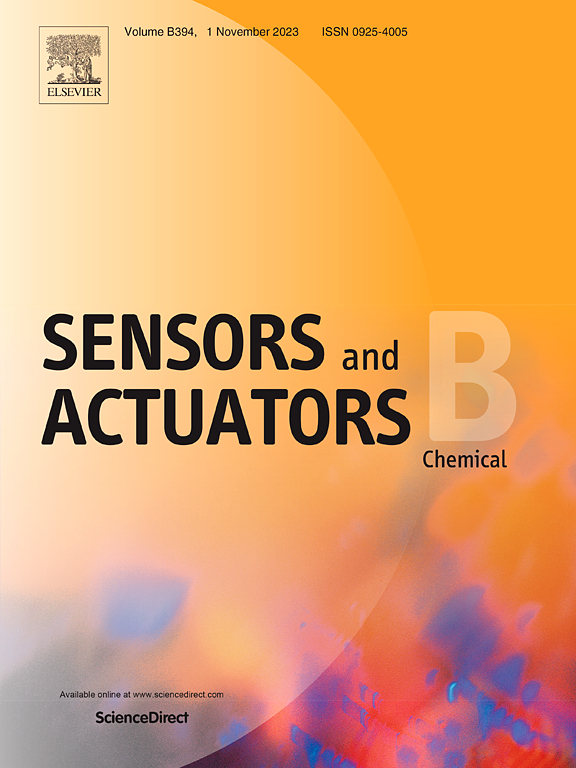Millimeter-wave measurements in high finesse cavity of nitro-derivatives traces: A new insight in the explosive vapor sensing
IF 8
1区 化学
Q1 CHEMISTRY, ANALYTICAL
引用次数: 0
Abstract
Cavity-Enhanced Absorption Spectroscopy (CEAS) and Cavity Ring-Down Spectroscopy (CRDS) are well established for sensitive infrared measurements of gas-phase compounds at trace levels using their rovibrational signatures. The recent successful development of a THz Fabry–Perot spectrometer by Hindle et al. (2019) shows that the adaptation of such techniques to submillimeter wavelengths allows to probe rotational transitions of light polar compounds. Here we report on the development of a new millimeter-wave resonator, covering the 150–215 GHz frequency range, and based on a low-loss corrugated waveguide with homemade highly reflective photonic mirrors obtaining a finesse above 3000 at around 164 GHz. With an effective path length of two kilometers, a significant sensitivity has been evaluated, and the detection of semi-volatile organic vapors at a trace level may be now envisaged at room temperature. We applied this technology to detect gas-phase explosive taggants and precursors, confirming a detection limit of 2 ppmv for nitromethane (NM). Leveraging the unique characteristics of the millimeter wave frequency band, we showcase highly selective detection in quasi-realistic environments of complex chemical mixtures involving explosive taggants with close chemical structures such as nitrotoluene isomers. Furthermore, we successfully address the challenge of detecting these nitro-derivative compounds vaporized from model matrices: KCl matrices, granular and plastic (NP91) explosives respectively in conventional and pyrotechnic laboratories. Our findings underscore this approach as a potent tool for practical explosive detection applications.


求助全文
约1分钟内获得全文
求助全文
来源期刊

Sensors and Actuators B: Chemical
工程技术-电化学
CiteScore
14.60
自引率
11.90%
发文量
1776
审稿时长
3.2 months
期刊介绍:
Sensors & Actuators, B: Chemical is an international journal focused on the research and development of chemical transducers. It covers chemical sensors and biosensors, chemical actuators, and analytical microsystems. The journal is interdisciplinary, aiming to publish original works showcasing substantial advancements beyond the current state of the art in these fields, with practical applicability to solving meaningful analytical problems. Review articles are accepted by invitation from an Editor of the journal.
 求助内容:
求助内容: 应助结果提醒方式:
应助结果提醒方式:


